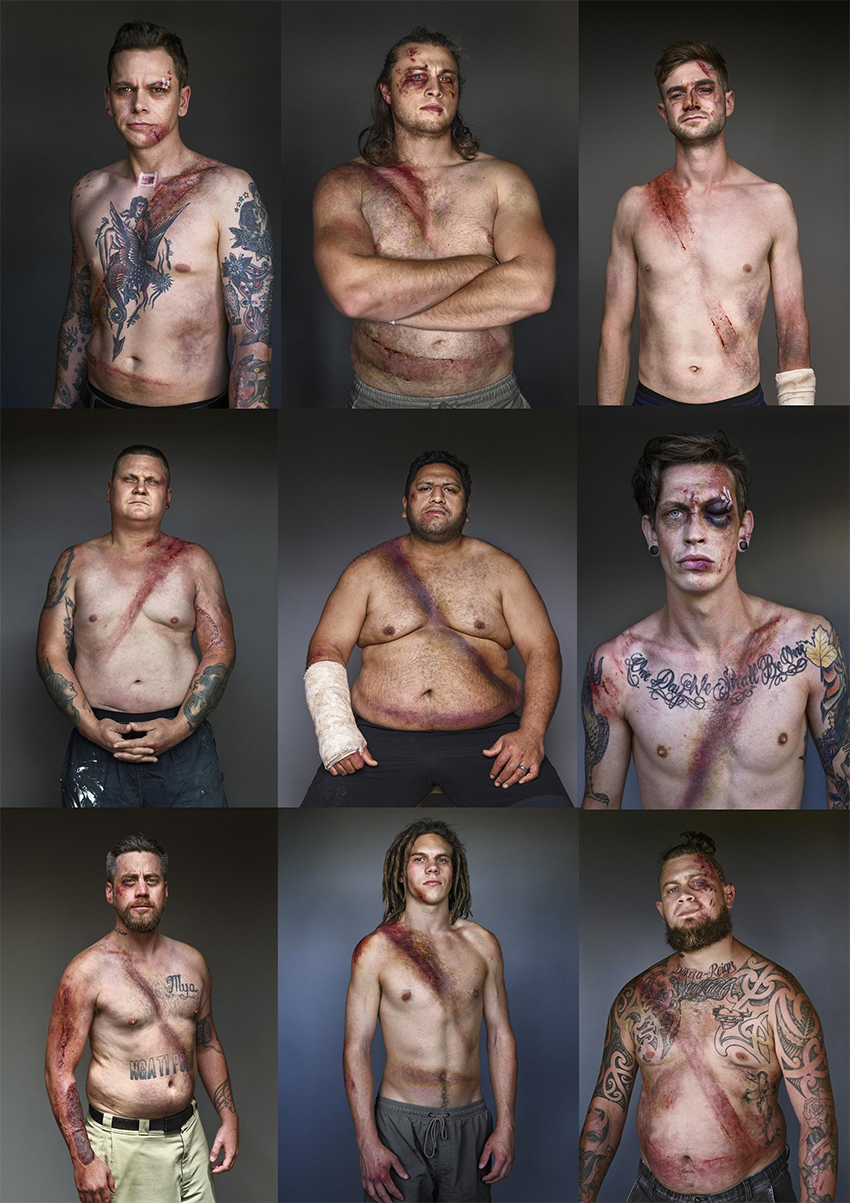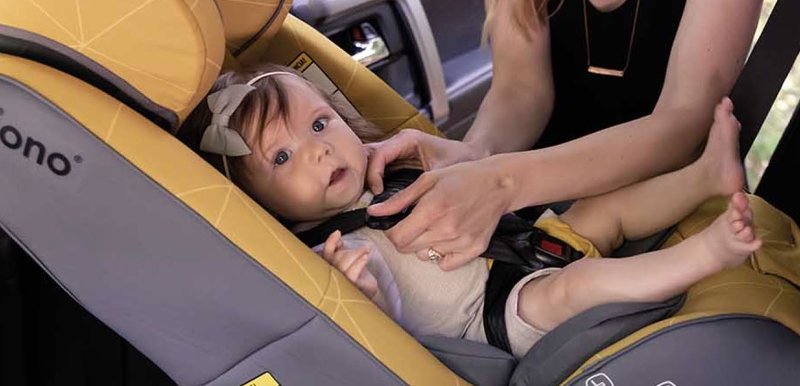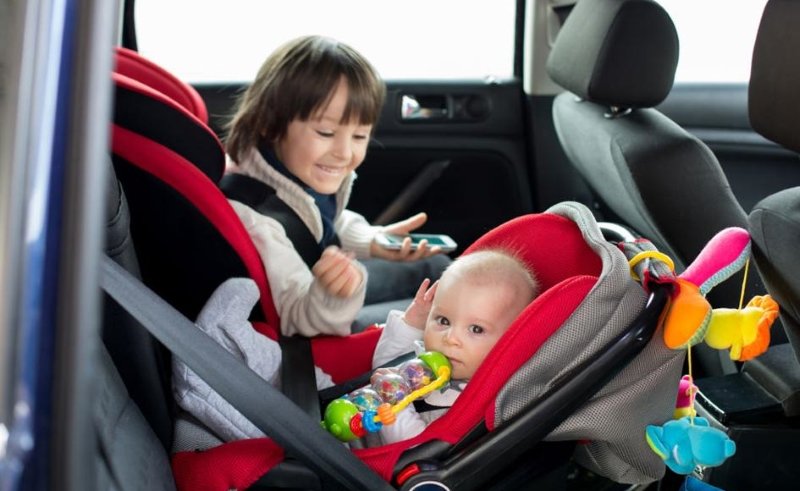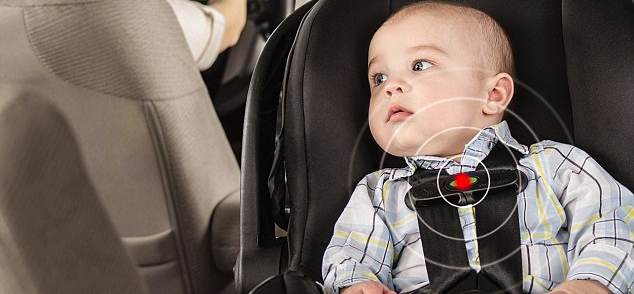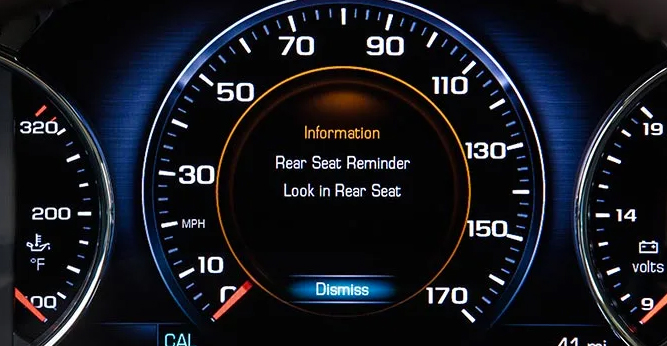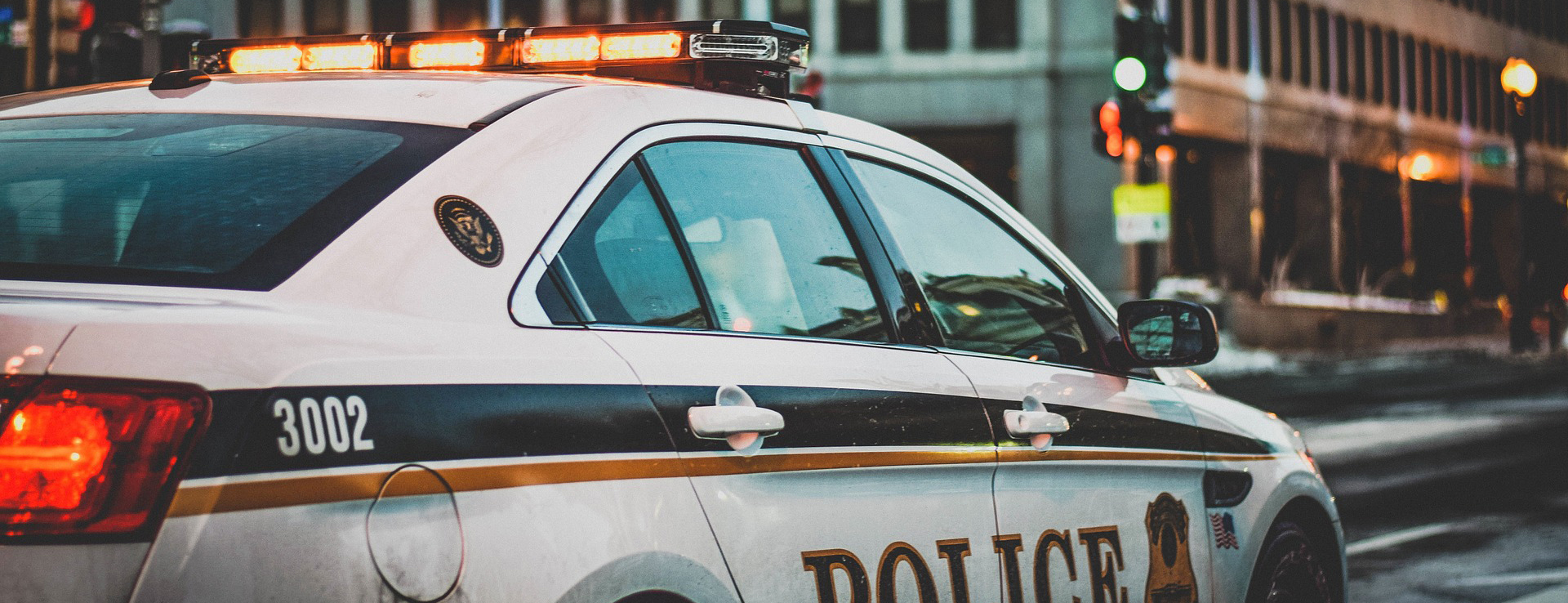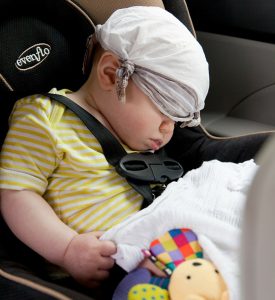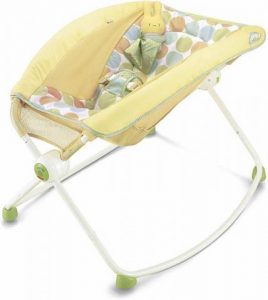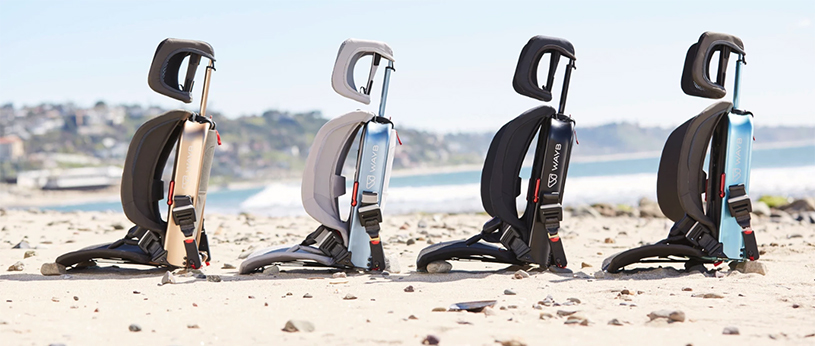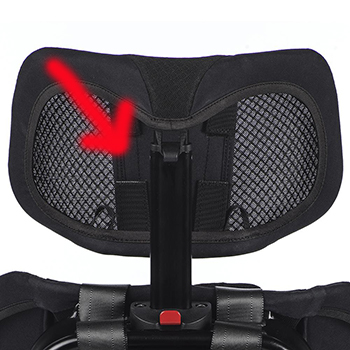A campaign from New Zealand uses car crash survivors to show the lifesaving effects of seatbelts and also demonstrate the tremendous force of impact passengers are subjected to in a traffic accident.
The injuries that each survivor suffered in the accident were recreated with makeup. The images are truly frightening and a graphic reminder of how easily a seat belt can make the difference between life and death.
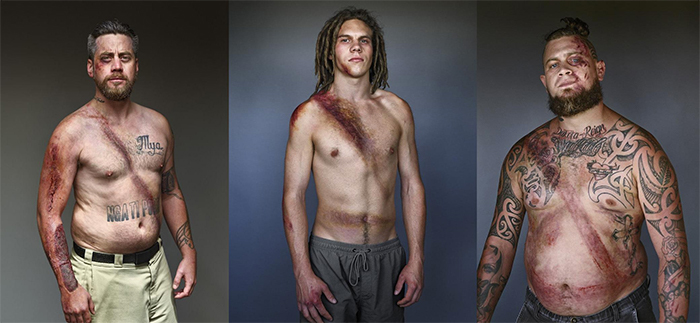
Seat belts saved their lives, but these ten survivors used makeup to reconstruct their wounds from traffic accidents to help raise awareness of the importance that we buckle up!
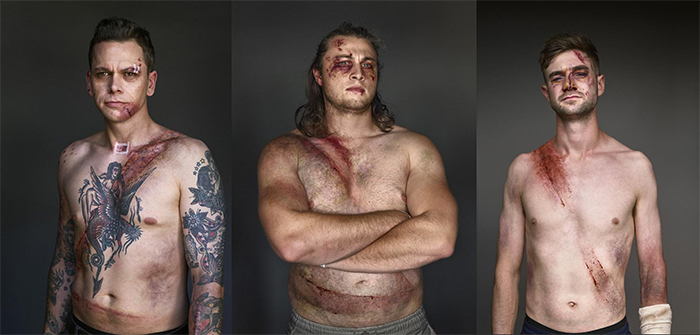
The “Belt Up, Live On” campaign does a great job demonstrating the dangers of car accidents. The hyperphysics project at GSU helps calculate the tremendous amount of force created during a car accident. For a car crash scenario that assumes a 160lb driver and a speed of 30/mi hr the seat belt has a force of impact measuring 20 g’s and nearly 1.6 tons. Those not wearing a seatbelt experience nearly 150 g’s and 12 tons of force against the steering wheel, dashboard, or windshield.
The CDC reminds us that motor vehicle deaths are a leading cause of death among children in the USA. Many of these deaths can be prevented as 35% of children who die in motor vehicle crashes are sadly not buckled up. In addition over 115,000 children are injured each year in car accidents.
Please check to make sure your car seat is installed properly before traveling. Children grow fast and the shoulder straps likely need adjustment every few months if not sooner. Every child should be in proper restraints. Check your state’s laws to make sure you are doing everything you can do to keep your child safe in the car.
If your child has outgrown their car seat, please check out our top rated car seats to find a great option to keep your child safe. Always remember to buckle up.
